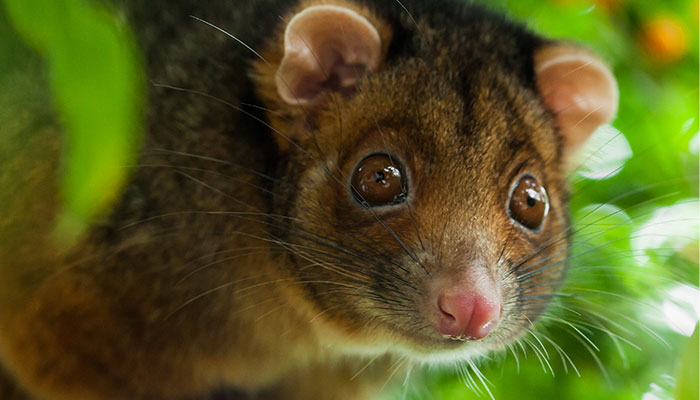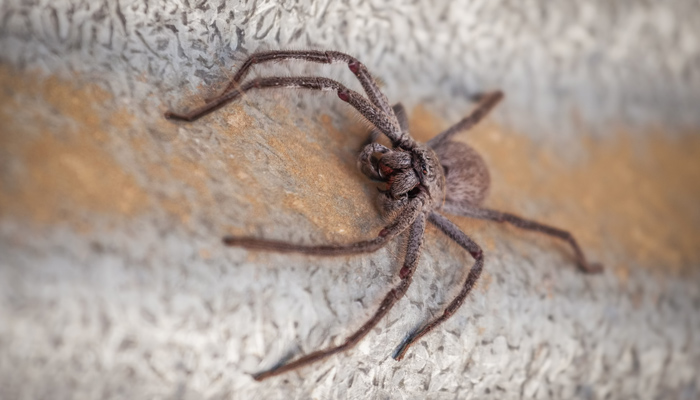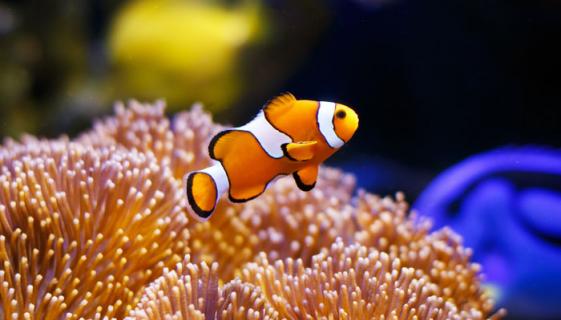We’ve all heard the phrase 'busy as a bee'; but it turns out that even bees have a limit, and new research shows that environmental pressures on many honeybees could affect their ability to think clearly and to learn new information.
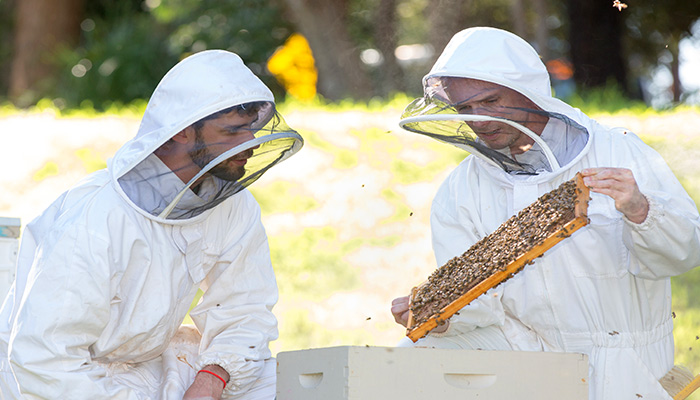
Brains on board: Associate Professor Andrew Barron (right) has created a powerful computational model of the bee brain.
The research found that bees who start their foraging work too young, or who have to travel too far or do too many trips to gather food, get stressed and can’t function as well.
Macquarie researchers used superglue to attach tiny Radio Frequency Identification (RFID) tags to 1500 honeybees from three different colonies and tracked the foraging trips made each day by individual bees to gather pollen and nectar from flowers.
They found that bees who had been foraging over long distances, or who had to make lots of trips in a short time, showed signs of stress and were less able to learn – and the impact was most apparent in young bees.
Being a bee can be pretty demanding. “They have to deal with the threat of predation, challenging weather conditions, and the very real risk of getting lost,” explains Amelie Cabirol, whose research on bee stress contributed to her PhD thesis in neurobiology.
The team found that when bee colonies are under stress, young bees have to start foraging before the usual age – and this can cause physical changes to their brains that reduces their ability to learn new scents, to problem-solve, and reduces their ability to remember information.
Cabirol says she was baffled when early results showed that foraging had such a negative impact on bees, as researchers had assumed that foraging in a rich and complex environment would help train and expand the bees’ brains.
Learning experiments with the bees showed that overworked young bees were less likely to learn new information than bees that started foraging at a more mature age. Investigating the brains of the bees using electron microscopy showed significant differences between those that learned new information, and ‘non-learners.’
“Our study shows that intensive working hours in the foraging environment are detrimental to bees, in particular young bees that seemed to be less resilient to environmental stressors,” she says.
From honeybees to ‘neuro-robotic’ bee brain models
Research supervisor, Associate Professor Andrew Barron, specialises in insect behavioural systems like cognition, navigation, social behaviour and learning and memory, and his work on honey bees has looked at how bee colonies have been affected by pesticide, diseases and other environmental problems.
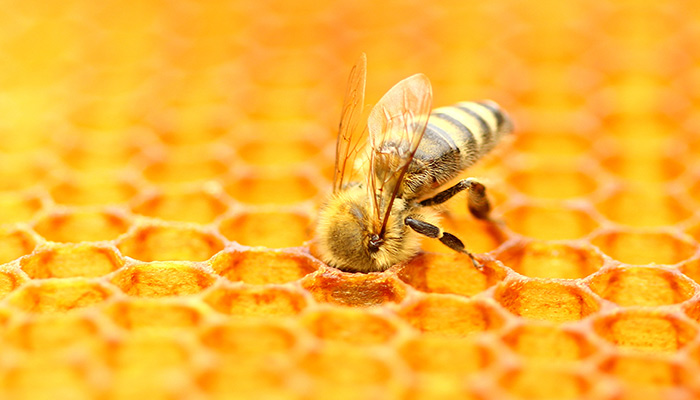
“Amelie's project gave us some fantastic behavioural data about how bees' cognition was changing as they were overworked and overstressed by foraging, and we also had her detailed neuroanatomical analyses of the bee brain,” he explains.
The data gave the team a way to explore the link between the stress that changed the anatomy of the bees’ brains, and the way that it affected the bees behaviour - indicating changes in their thinking.
Working with computational neuroscientist Dr Alex Cope from the University of Sheffield and Associate Professor Jean-Marc Devaud from Paul Sabatier University, Toulouse, and using extensive data already collected about bees and their brains, Barron created a powerful computational model of the bee’s brain.
Then, the team changed the parameters of the neuro-robotic model to reflect the changes that typically occur in stressed bees.
“This let us actually explore whether, in the model, we saw the same kind of cognitive changes that we saw in the bee,” he says.
The insect link to artificial intelligence
The experiment has revealed important information about bees – but is also a fascinating demonstration of the potential power of neural robotics.
“By generating models of insect brains, we are exploring important functions that we can use in robotics and artificial intelligence,” Barron explains.
“That model of the brain also becomes a test bed, an exploratory tool that we can use to test brain function.”
Using just a few desktop computers, it’s possible to build a reasonable model of the brain functions of a bee, because their brains are absolutely minute in size, compared to that of a human, he explains.
“There’s not yet enough supercomputing power in all of Europe to model the human brain,” he adds.
“But the bee's brain still generates a remarkable level of cognition and all this very complex and wonderful behaviour – so it’s very worth modelling; and from models, we can start to scale up.”
Macquarie University is a partner in the ‘Brains on Board’ project based at Sheffield University in the UK, which has developed an autonomous drone that uses bee brain models to organise its behaviours.
“The bee drone, which was developed by James Marshall and Alex Cope, is able to orient and navigate itself using a model of how the honeybee orients and navigates, and we’re currently working on models which are capable of learning colours and shapes,” Andrew explains.
Barron is part of a consortium of researchers developing a proposal for an ARC Centre of Excellence for Neural Robotics which will deliver novel autonomous technologies and new approaches to brain intervention.

